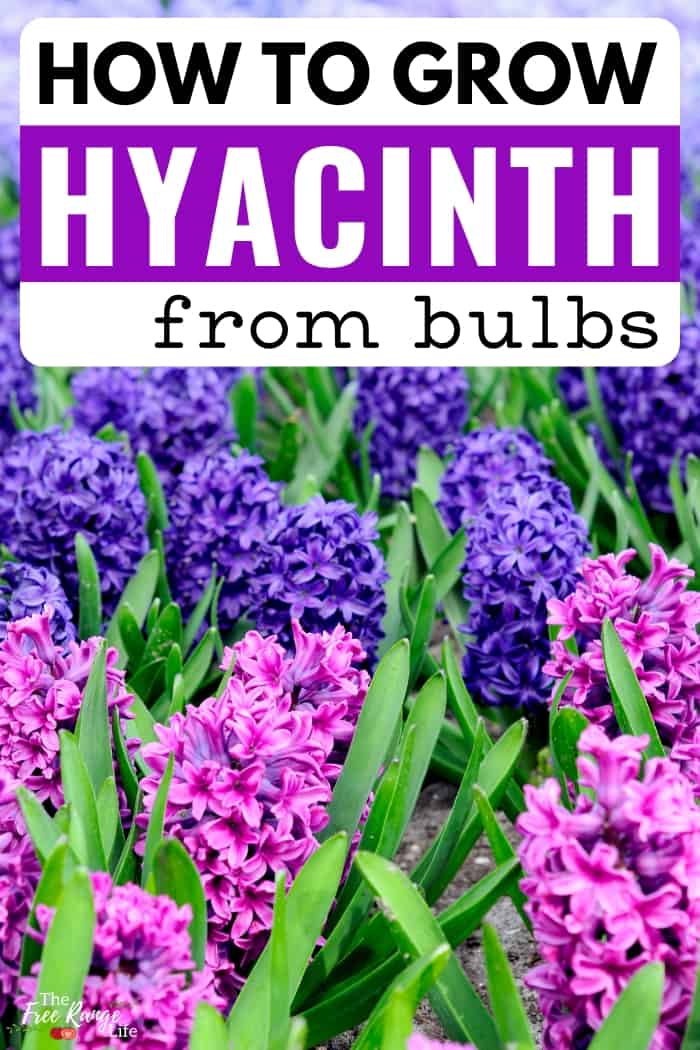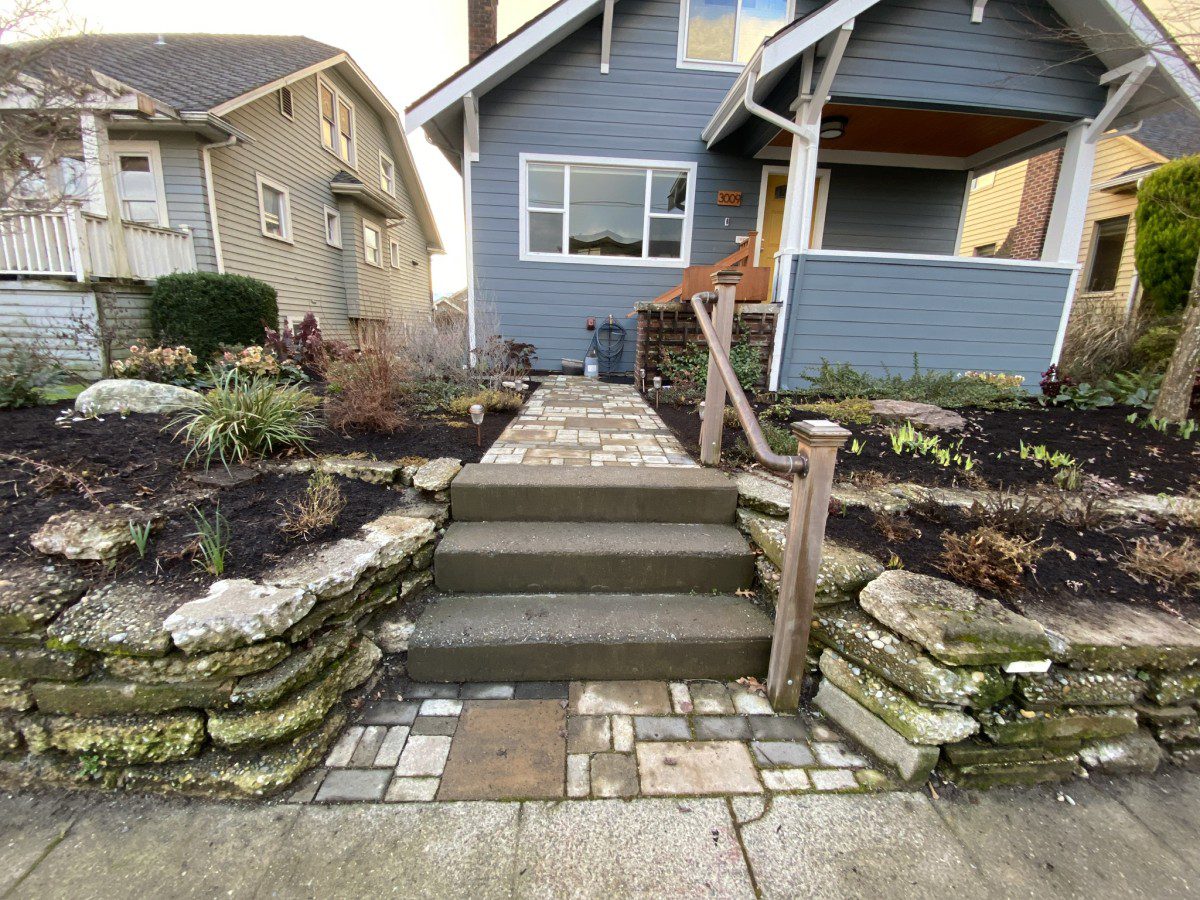The Best Time To Plant Hyacinth Bulbs For Stunning Flowers

Table of Contents
Understanding Hyacinth Bulb Planting Seasons
The success of your hyacinth planting largely depends on timing. Knowing when to plant hyacinth bulbs is crucial for achieving abundant, vibrant blooms.
Fall Planting for Spring Blooms
Fall planting is paramount for spring flowering. Hyacinth bulbs require a period of cold temperatures (a "chilling period") to trigger their flowering process.
- Ideal Planting Months: In the Northern Hemisphere, the ideal months for planting hyacinth bulbs are typically September to November. In the Southern Hemisphere, this translates to March to May. Always check your local frost dates for precise timing.
- Benefits of Fall Planting: Planting in the fall allows the bulbs to establish a strong root system before winter. This ensures they're well-prepared to send up shoots and produce flowers in the spring. The cool soil temperatures initiate the chilling period essential for hyacinth development.
- Soil Temperature Considerations: Aim for soil temperatures that are cool but not freezing. Avoid planting when the ground is frozen solid.
Regional Variations in Planting Times
Planting times vary significantly based on your region's climate. What works perfectly in one area might be too late or too early in another.
- USDA Hardiness Zones: The USDA Plant Hardiness Zone Map is an invaluable resource for determining your region's average minimum winter temperature and, consequently, the ideal planting time for hyacinths. [Link to USDA Hardiness Zone Map]
- Microclimate Influences: Remember that microclimates within your garden can also affect planting times. Areas with better drainage or more sun exposure might warm up faster, influencing when you can plant.
Avoiding Late Planting
Planting hyacinth bulbs too late in the fall can have detrimental consequences:
- Weak Growth: Bulbs planted late may not have sufficient time to establish their root systems before the ground freezes, leading to weaker growth the following spring.
- Fewer Blooms: Insufficient chilling can result in fewer, smaller, or even absent blooms.
- Increased Susceptibility to Frost Damage: Young shoots emerging from late-planted bulbs are more vulnerable to frost damage.
Preparing the Soil for Optimal Hyacinth Growth
Preparing the soil correctly is just as important as knowing when to plant your hyacinth bulbs.
Choosing the Right Location
Hyacinths thrive in well-drained soil that receives at least six hours of sunlight per day.
- Ideal Soil Type: Well-draining loam is ideal. Avoid heavy clay soils, which retain too much water and can lead to bulb rot.
- Improving Soil Drainage: Amend heavy clay soils with organic matter like compost or peat moss to improve drainage. Raised beds can also help with drainage issues.
Soil Preparation Techniques
Thorough soil preparation is key for optimal hyacinth growth.
- Digging: Loosen the soil to a depth of at least 12 inches (30 cm).
- Weed Removal: Remove any weeds or grass before planting to prevent competition for nutrients and water.
- Organic Matter Incorporation: Work in several inches of compost or well-rotted manure to enrich the soil and improve its structure and water retention.
Planting Hyacinth Bulbs: A Step-by-Step Guide
Once the soil is prepared, planting your hyacinth bulbs is relatively straightforward.
Planting Depth and Spacing
The correct planting depth and spacing are crucial for healthy growth and abundant blooms.
- Planting Depth: Plant hyacinth bulbs about 6-8 inches (15-20 cm) deep.
- Spacing: Space the bulbs 4-6 inches (10-15 cm) apart to allow for adequate air circulation and prevent overcrowding.
Aftercare
Even after planting, a little care will go a long way:
- Watering: Water thoroughly after planting and keep the soil consistently moist but not waterlogged throughout the fall and winter.
- Mulching: Apply a 2-3 inch (5-8 cm) layer of mulch (like shredded bark or leaves) over the planted bulbs to help retain moisture, suppress weeds, and regulate soil temperature. This is especially important in colder climates. Mulching provides added winter protection.
Conclusion
Planting hyacinth bulbs in the fall is essential for achieving stunning spring blooms. By following these guidelines – selecting the right planting time for your region, preparing the soil appropriately, and planting the bulbs at the correct depth and spacing – you can ensure a magnificent display of vibrant color and fragrance. Get ready to plant hyacinth bulbs this fall and achieve stunning hyacinth blooms by planting at the right time. Don't delay; plant your hyacinth bulbs this fall for a spectacular spring show!

Featured Posts
-
 Prepare For Sinners A Louisiana Horror Movies Theatrical Debut
May 29, 2025
Prepare For Sinners A Louisiana Horror Movies Theatrical Debut
May 29, 2025 -
 Bryan Cranston Predicted Pete Roses Scandal A How I Met Your Mother Story
May 29, 2025
Bryan Cranston Predicted Pete Roses Scandal A How I Met Your Mother Story
May 29, 2025 -
 Beacon Hill Shooting Man Suffers Injuries Investigation Underway
May 29, 2025
Beacon Hill Shooting Man Suffers Injuries Investigation Underway
May 29, 2025 -
 Ramalan Cuaca Bali Sebagian Berawan Potensi Hujan Lokal
May 29, 2025
Ramalan Cuaca Bali Sebagian Berawan Potensi Hujan Lokal
May 29, 2025 -
 Stranger Things Season 5 Bridge The Gap With This Eerily Similar 2011 Film
May 29, 2025
Stranger Things Season 5 Bridge The Gap With This Eerily Similar 2011 Film
May 29, 2025
